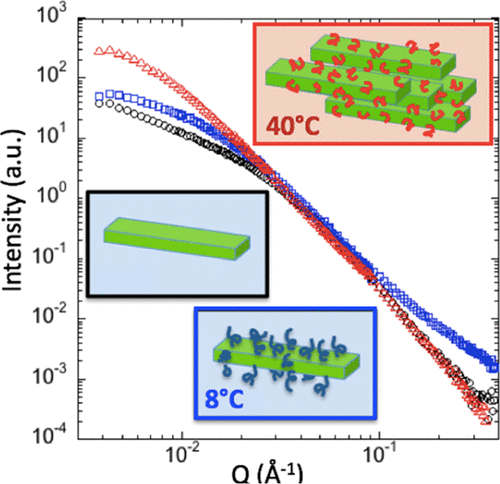Drying-induced bending deformation of cellulose nanocrystals studied by molecular dynamics simulations
Cellulose is generally perceived as rigid, however it is capable of deforming. We have shown that the simple process of drying a disorganized network of cellulose crystals causes them to bend. This deformation contributes to the expression of the barrier property of cellulosic materials.
Supramolecular assembly and chirality of synthetic carbohydrate materials
We have just published the results of our international collaboration with MPI-Potsdam (Germany) in Angewandte Chemie International Edition. In this work, we built a model carbohydrate material system based on synthetic gluycose disaccahrdes. Microcrystal electron diffraction (microED) analysis revealed that the synthetic disaccharides formed highly crystalline helical fiber. The chirality of the assembled helical fibers can be tunable by changing the enantiomeric structure of the disaccharides, underlining the potential of designer carbohydrate materials for nanotechnology applications.
Small-Angle Neutron Scattering Reveals the Structural Details of Thermosensitive Polymer-Grafted Cellulose Nanocrystal Suspensions

We have just published in Langmuir a study by small angle neutron scattering of thermosensitive polymers-decorated cellulose nanocrystal assemblies. This technique reveals structural information inaccessible by other methods.
